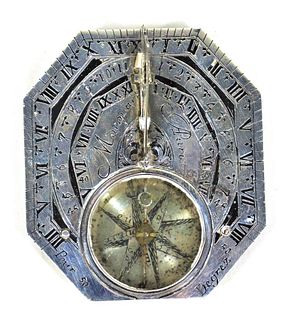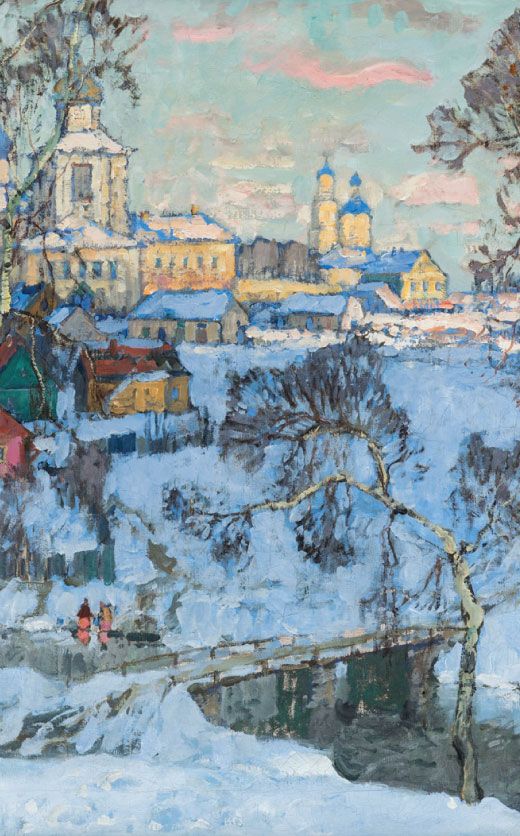Exhibited Congo Pende Mbangu Illness Dance Mask
Lot 55
About Seller
Artemis Fine Arts
686 S Taylor Ave, Ste 106
Louisville, CO 80027
United States
Selling antiquities, ancient and ethnographic art online since 1993, Artemis Gallery specializes in Classical Antiquities (Egyptian, Greek, Roman, Near Eastern), Asian, Pre-Columbian, African / Tribal / Oceanographic art. Our extensive inventory includes pottery, stone, metal, wood, glass and textil...Read more
Categories
Estimate:
$1,200 - $1,800
Absentee vs Live bid
Two ways to bid:
- Leave a max absentee bid and the platform will bid on your behalf up to your maximum bid during the live auction.
- Bid live during the auction and your bids will be submitted real-time to the auctioneer.
Bid Increments
| Price | Bid Increment |
|---|---|
| $0 | $25 |
| $300 | $50 |
| $1,000 | $100 |
| $2,000 | $250 |
| $5,000 | $500 |
| $10,000 | $1,000 |
| $20,000 | $2,500 |
| $50,000 | $5,000 |
| $100,000 | $10,000 |
| $200,000 | $20,000 |
About Auction
By Artemis Fine Arts
Aug 22, 2025
Set Reminder
2025-08-22 10:00:00
2025-08-22 10:00:00
America/New_York
Bidsquare
Bidsquare : Indigenous Art - Ralph T. Coe Center, Santa Fe, NM
https://www.bidsquare.com/auctions/artemis-gallery/indigenous-art---ralph-t-coe-center-santa-fe-nm-20324
Featuring works of art from the Ralph T. Coe Center for the Arts in Santa Fe, New Mexico, a non-profit focused on promoting Indigenous Arts globally. All proceeds from the sale of these items will support future grants to Rehoming Program participants. Artemis Fine Arts info@artemisfinearts.com
Featuring works of art from the Ralph T. Coe Center for the Arts in Santa Fe, New Mexico, a non-profit focused on promoting Indigenous Arts globally. All proceeds from the sale of these items will support future grants to Rehoming Program participants. Artemis Fine Arts info@artemisfinearts.com
- Lot Description
Central Africa, Democratic Republic of the Congo, Pende culture, ca. early 20th century CE. A powerful early 20th century carved wooden mask known as a Mbangu, its dramatic duality expressed through a sharply divided face - one side pigmented white, the other black. The asymmetry of the features conveys infirmity and misfortune: the white side of the face droops subtly, with lowered eye and distorted mouth, evoking paralysis or illness. The smooth black side suggests health, vitality, and strength. In Pende tradition, Mbangu represents affliction, whether from physical disease, paralysis, or injury attributed to the malice of sorcerers. One widely told account speaks of a hunter or villager struck with an epileptic seizure who fell into a fire, searing one side of his face. Others interpret the facial distortion as the result of a sorcerer's invisible arrow or as a composite sign of all misfortunes. Size: 4.5" L x 7.2" W x 9.5" H (11.4 cm x 18.3 cm x 24.1 cm)
In masquerade performances, the dancer limps on a cane, wears a hump pierced with an arrow, and may adorn himself with wooden bells like those used on hunting dogs - a symbolic expression of the hunt for victims through witchcraft.
The striking black-and-white coloration carries deep symbolic resonance. White, derived from kaolin clay used in healing rites, invokes spiritual protection and renewal but also here symbolizes the visible impact of illness. Black connotes sorcery, suffering, and harm. Together they place Mbangu at the liminal boundary between healing and affliction, health and debility. Far from mere depiction, the mask instructs the community in compassion - to remind onlookers that anyone might fall prey to such misfortune and that ridicule should be replaced with support.
Renowned not only for its cultural power but also for its influence on modern art, the distorted visage of Mbangu inspired European avant-garde artists, notably Picasso, whose Les Demoiselles d'Avignon (1907) echoes the mask's contorted physiognomy and elemental expressiveness.
Exhibited: 2002, October 3 to December 15, "Selections from the Ralph T. Coe Collection of African Art. Allen Memorial Museum," Oberlin College, Oberlin, Ohio, USA
Provenance: Ralph T. Coe Center for the Arts, Santa Fe, New Mexico, USA, acquired via descent in 2010; ex-private collection of Ralph T. Coe, Santa Fe, New Mexico, USA, acquired ca. 1960; ex-Jerome Eisenberg, Royal Athena Gallery, New York, New York, USA
All items legal to buy/sell under U.S. Statute covering cultural patrimony Code 2600, CHAPTER 14, and are guaranteed to be as described or your money back.
A Certificate of Authenticity will accompany all winning bids.
We ship worldwide and handle all shipping in-house for your convenience.
#196048Chipping to lower areas of proper right side. Some areas of old scratches and chips due to age, as well as expected weathering to surface. Otherwise, intact and excellent with nice patina.Condition
- Shipping Info
-
All shipping is handled in-house for your convenience. Your invoice from Artemis Fine Arts will include shipping calculation instructions. If in doubt, please ask before bidding for estimated shipping costs for individual items.
-
- Buyer's Premium



 EUR
EUR CAD
CAD AUD
AUD GBP
GBP MXN
MXN HKD
HKD CNY
CNY MYR
MYR SEK
SEK SGD
SGD CHF
CHF THB
THB













